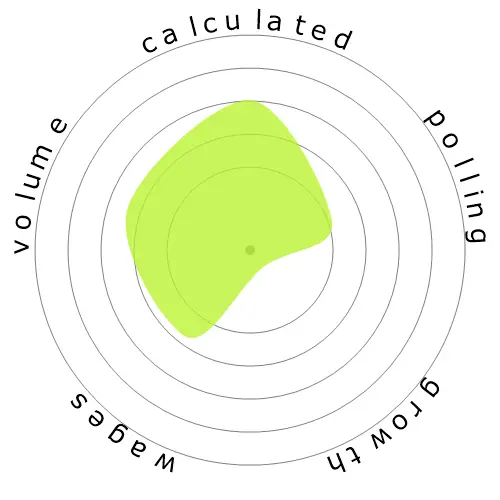Architectural and Civil Drafters




People also viewed
Calculated automation risk
Moderate Risk (41-60%): Occupations with a moderate risk of automation usually involve routine tasks but still require some human judgment and interaction.
More information on what this score is, and how it is calculated is available here.
User poll
Our visitors have voted they are unsure if this occupation will be automated. This assessment is further supported by the calculated automation risk level, which estimates 46% chance of automation.
What do you think the risk of automation is?
What is the likelihood that Architectural and Civil Drafters will be replaced by robots or artificial intelligence within the next 20 years?
Sentiment
The following graph is included wherever there is a substantial amount of votes to render meaningful data. These visual representations display user poll results over time, providing a significant indication of sentiment trends.
Sentiment over time (yearly)
Growth
The number of 'Architectural and Civil Drafters' job openings is expected to rise 1.1% by 2033
Total employment, and estimated job openings
Updated projections are due 09-2025.
Wages
In 2023, the median annual wage for 'Architectural and Civil Drafters' was $61,820, or $29 per hour
'Architectural and Civil Drafters' were paid 28.6% higher than the national median wage, which stood at $48,060
Wages over time
Volume
As of 2023 there were 111,070 people employed as 'Architectural and Civil Drafters' within the United States.
This represents around 0.07% of the employed workforce across the country
Put another way, around 1 in 1 thousand people are employed as 'Architectural and Civil Drafters'.
Job description
Prepare detailed drawings of architectural and structural features of buildings or drawings and topographical relief maps used in civil engineering projects, such as highways, bridges, and public works. Use knowledge of building materials, engineering practices, and mathematics to complete drawings.
SOC Code: 17-3011.00


Comments
Therefore a Robot would need a human-like mind to do this job which is why I think it is very unlikely that a robot will take my job.
Leave a reply about this occupation